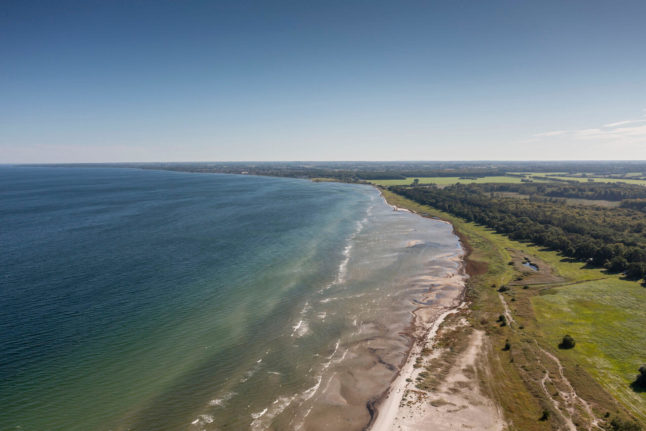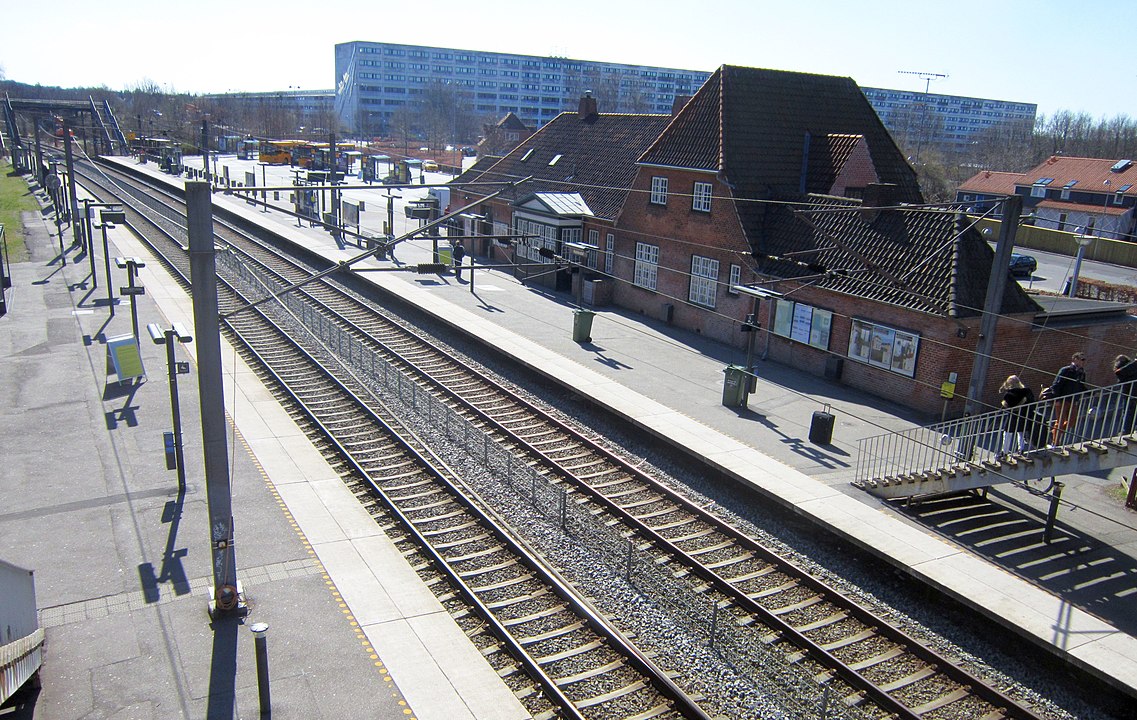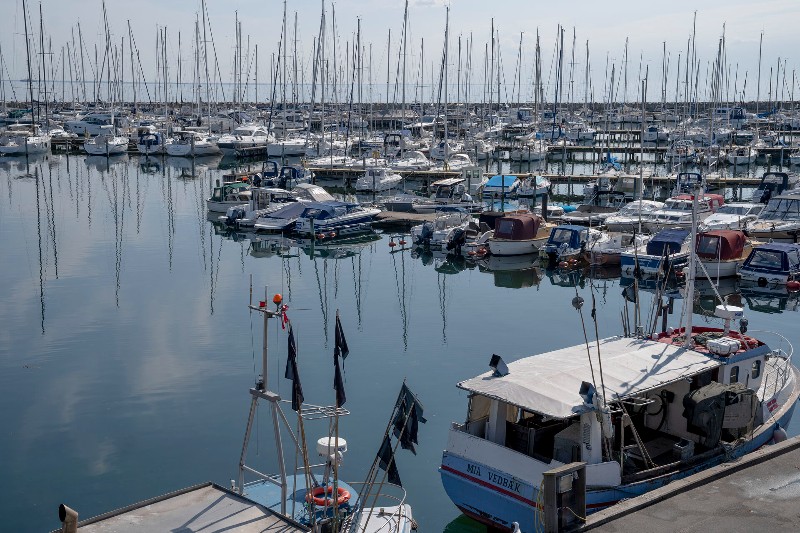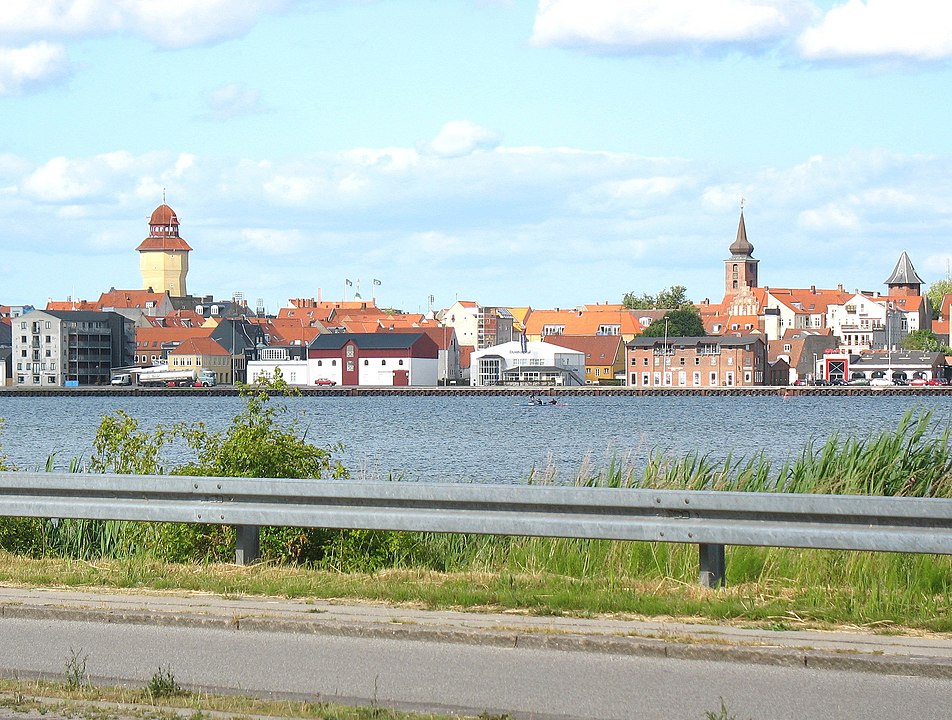The two sides confirmed the new agreement in a statement on Monday.
Nemlig grew considerably as a business during the Covid-19 pandemic as large numbers of supermarket customers chose to have their groceries delivered instead of going to physical stores.
But the online supermarket has courted controversy over reports its parent company Intervare undepaid drivers.
Under the new agreement, Nemlig will be able to hire its own drivers. The company said in the statement that it will implement new terms for existing subcontracted drivers under the same conditions.
The deal with the union covers drivers’ salaries, pensions, overtime and other working terms.
“It was crucial that 3F Transport has now agreed to give us a deal that is adapted to our reality, which is necessary to run an online business like Nemlig.com competitively,” CEO Stefan Plenge said in the statement.
“We have got the full package and we are very pleased with it,” he said.
The agreement means that 3F now withdraws a notice of planned strike action by the transport companies that work alongside Nemlig.






 Please whitelist us to continue reading.
Please whitelist us to continue reading.
Member comments